Product List
اتصل بنا
البريد الإلكتروني: qiao@hvtest.cc
الجوال: +8615871365102
ما هو التطبيق: +8615871365102
-
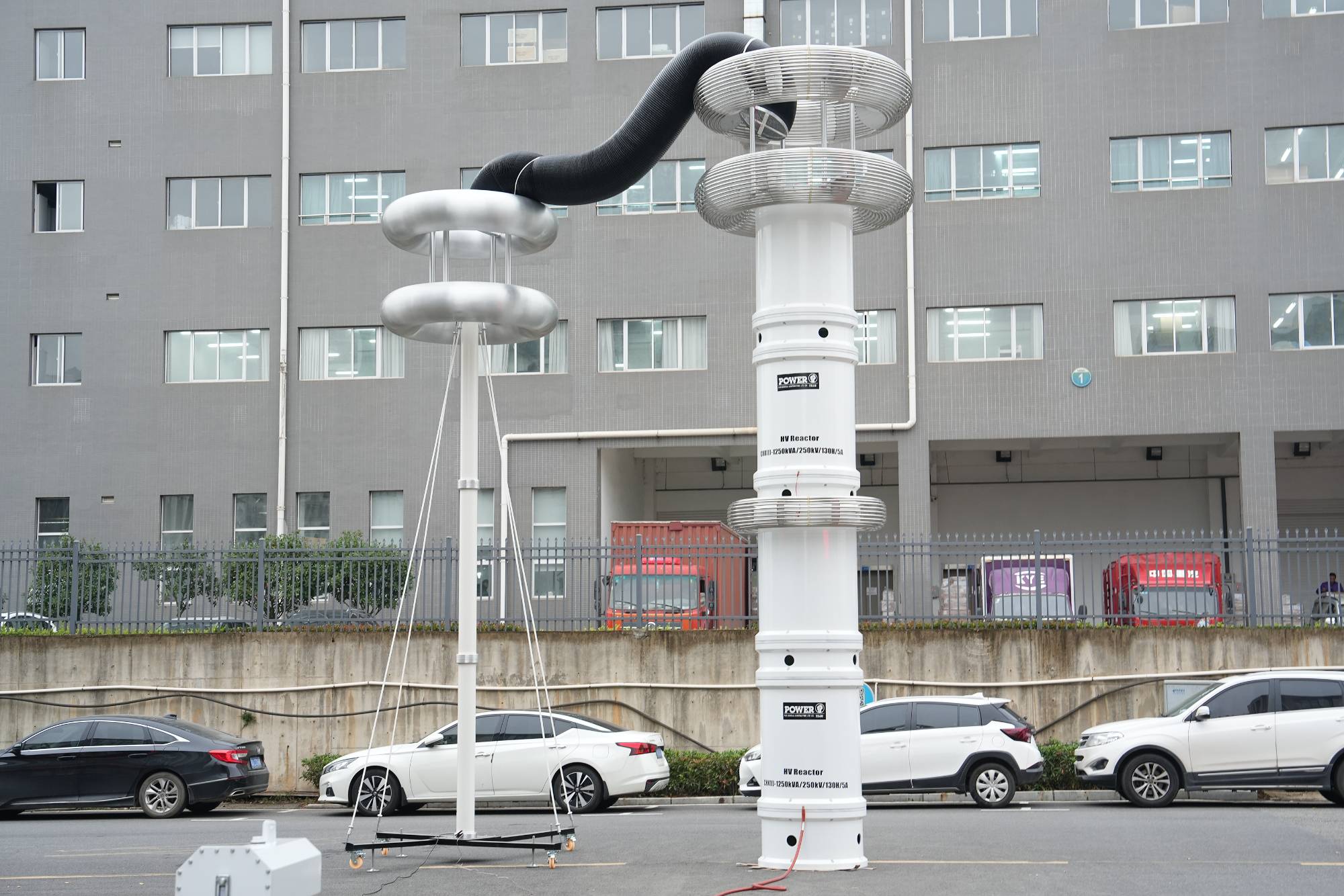
Power system resonance
2025-12-17Power system resonance? Wuhan UHV specializes in the production of series resonance, with a wide range of product selection and professional electrical testing. To find series resonance, choose Wuhan UHV. Overvoltage phenomenon is quite common in the power system. The main causes of overvoltage in the power grid include resonance overvoltage, operating overvoltage, lightning overvoltage, and sudden changes in system operation mode, as well as system overvoltage caused by severe load fluctuations. Among them, resonance overvoltage occurs frequently and its harm is significant. Ferroresonance is a resonance condition formed by iron core inductive components such as generators, transformers, voltage transformers, reactors, arc suppression coils, and system capacitive components such as transmission lines and capacitance compensators, which excite sustained ferromagnetic resonance and generate resonant overvoltage in the system. Reason for series resonance: When performing knife switch ope
أكثر -
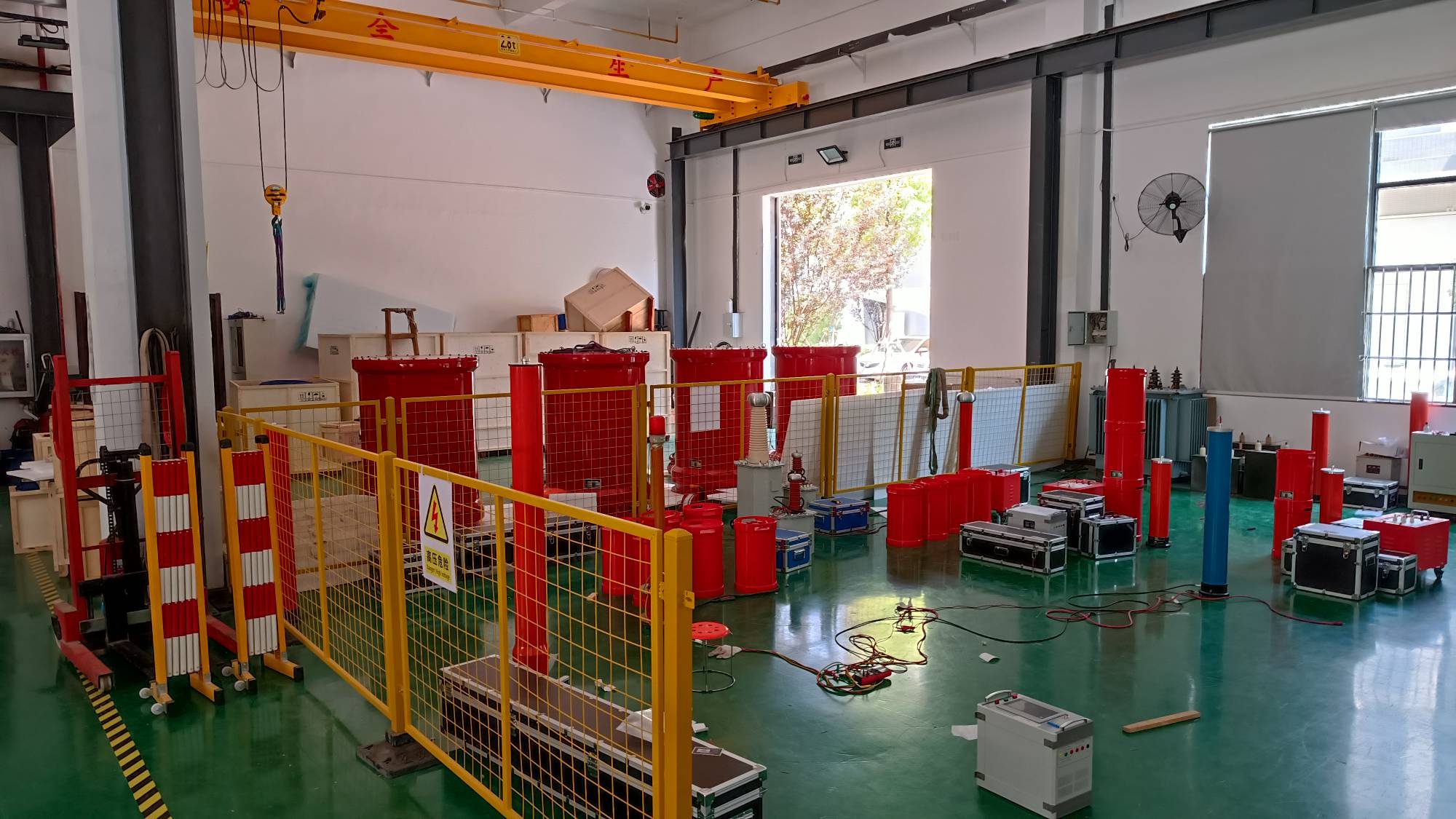
Variable frequency resonant high-voltage test device
2025-12-17Variable frequency resonant high voltage test device? Wuhan UHV specializes in the production of series resonance, with a wide range of product selection and professional electrical testing. To find series resonance, choose Wuhan UHV. The variable frequency resonant high-voltage test device utilizes the inductance of a reactor and the capacitance of the test object to achieve capacitance resonance, obtaining high voltage and high current on the test object. It is a new method and trend in high-voltage testing and has been widely used both domestically and internationally. The variable frequency resonant high voltage test device is a resonant current filtering circuit that can improve power waveform distortion, obtain better sine voltage waveform, and effectively prevent harmonic peak values from causing false breakdown of the test sample. Variable frequency series resonance works in a resonant state. When the insulation point of the test sample is broken down, the current immediately b
أكثر -
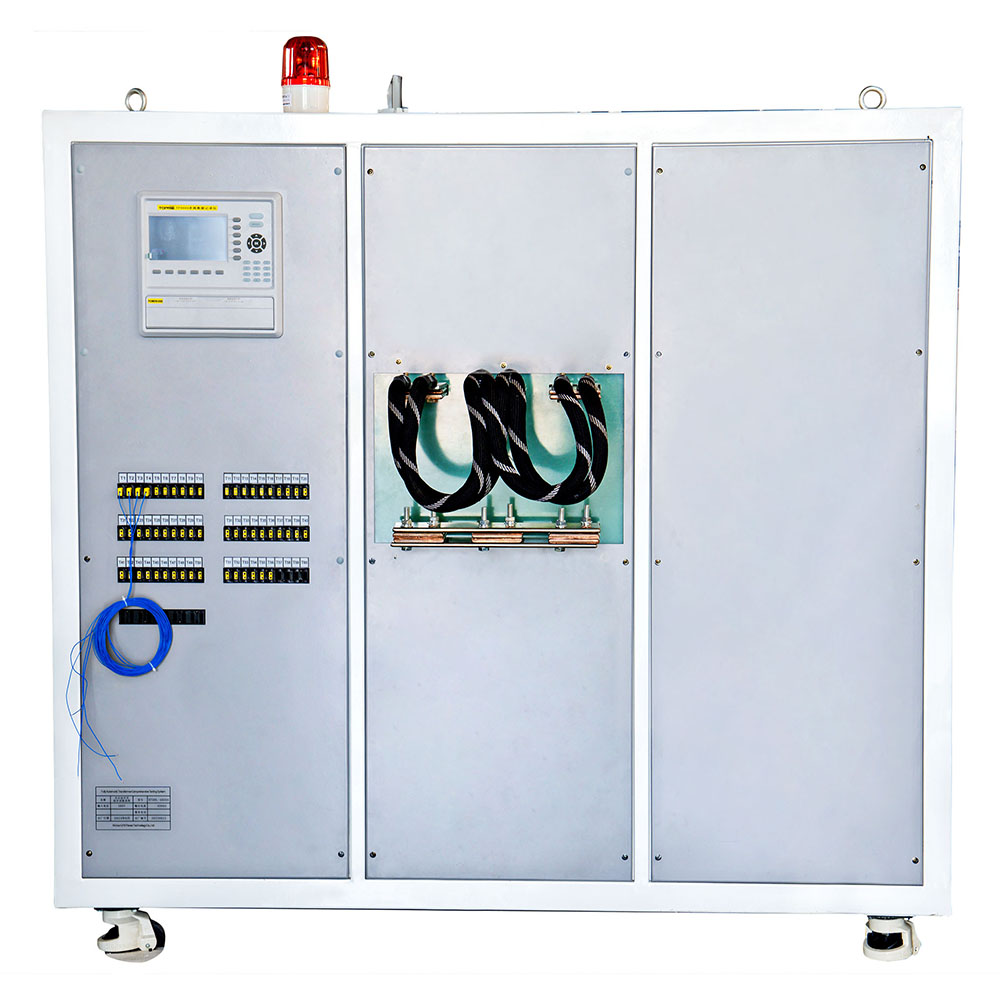
Price of temperature rise testing machine
2025-12-16The fully automatic temperature rise test device under Wuhan UHV can help many power workers conduct various power tests more conveniently.The core configuration of the temperature rise testing machine is the basis of Wuhan's UHV pricing system, and different configurations correspond to different value orientations. Current output capability is one of the key parameters. Based on the current requirements of different tested devices (such as circuit breakers, motors, and transformers), Wuhan UHV provides a current output range from tens of amperes to tens of thousands of amperes. The higher the current level and the stronger the continuous output stability, the higher the corresponding hardware cost (such as current generators and power modules), and the price will be adjusted accordingly; The accuracy and number of channels of the temperature acquisition module also affect pricing. The high-precision (± 0.1 ℃) and multi-channel (16/32 channels) acquisition scheme can simultaneousl
أكثر -
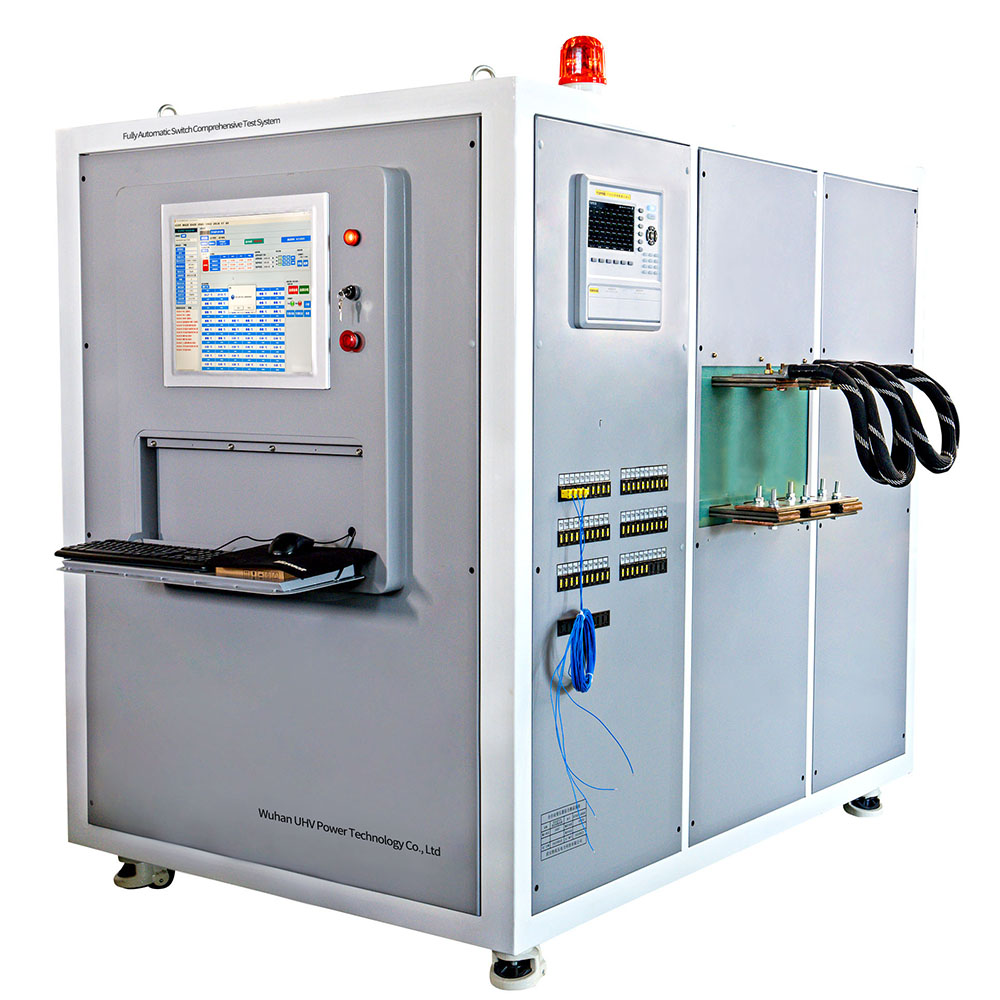
Manufacturer ranking of circuit breaker temperature rise tester
2025-12-16The fully automatic temperature rise test device under Wuhan UHV can help many power workers conduct various power tests more conveniently.Since its establishment, Wuhan UHV has focused on the field of high-voltage power testing, with significant achievements in the research and production of circuit breaker temperature rise testers. The company is rooted in Wuhan's "China Optics Valley" and has a unique technological innovation environment and talent advantage. It always adheres to the guidance of technological innovation, continuously increases research and development investment, and is committed to providing customers with high-quality and high-performance circuit breaker temperature rise testers.From a technical perspective, the Wuhan UHV circuit breaker temperature rise tester adopts high-precision temperature sensors and intelligent data acquisition systems. These high-precision temperature sensors can accurately capture the subtle temperature changes of circuit breakers dur
أكثر -
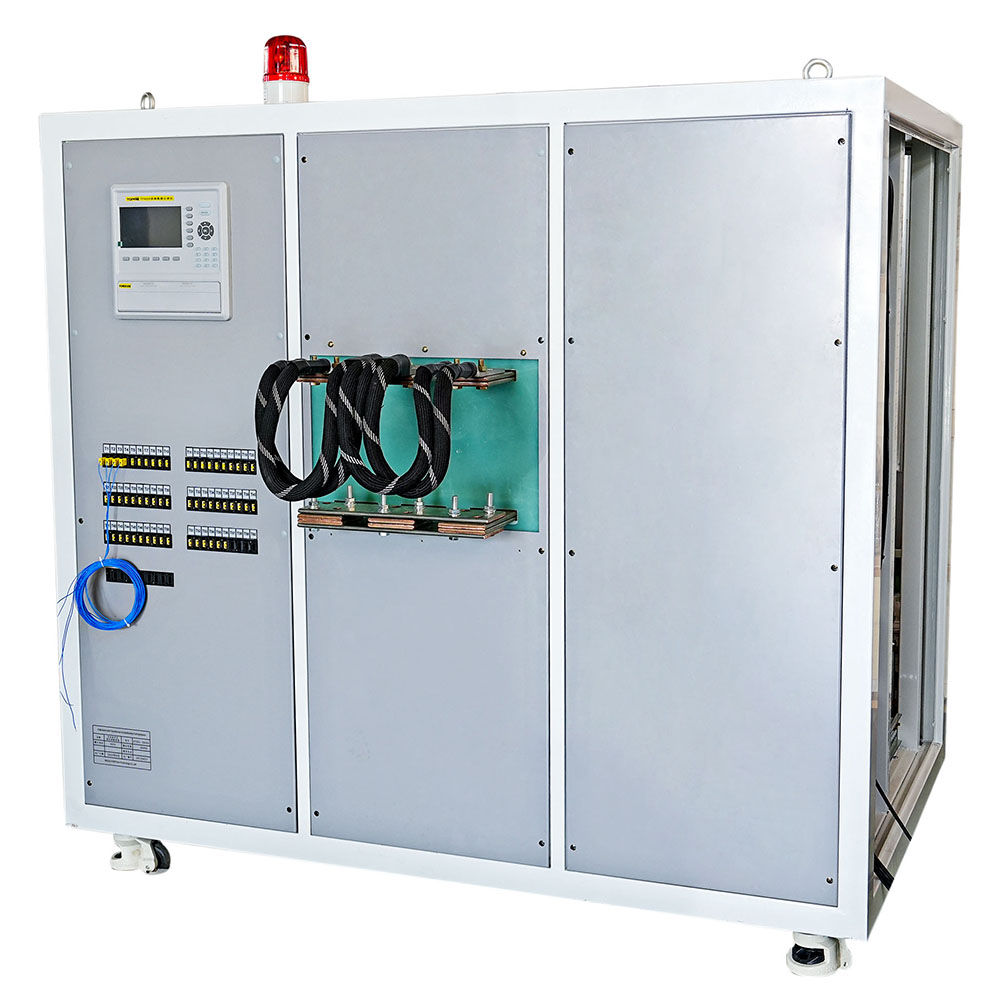
Supplier of current testing and temperature rise equipment
2025-12-15The fully automatic temperature rise test device under Wuhan UHV can help many power workers conduct various power tests more conveniently.The current testing and temperature rise equipment for Wuhan UHV has strong technical strength. The company's high current temperature rise test equipment adopts high-precision high current generation technology, with a current output stability error of less than 1%, fully meeting the standard requirements. This means that the device can stably output current, ensuring the accuracy and reliability of the test data. At the same time, the device is equipped with a multi-point temperature acquisition system, with a temperature measurement accuracy of ± 0.5 ℃, which can monitor the temperature changes of various parts of the sample in real time. For example, in a certain ultra-high voltage project, the equipment measured that the temperature rise curve of the vacuum contactor at 4000A current had an error of less than 3% compared to the simulation r
أكثر -
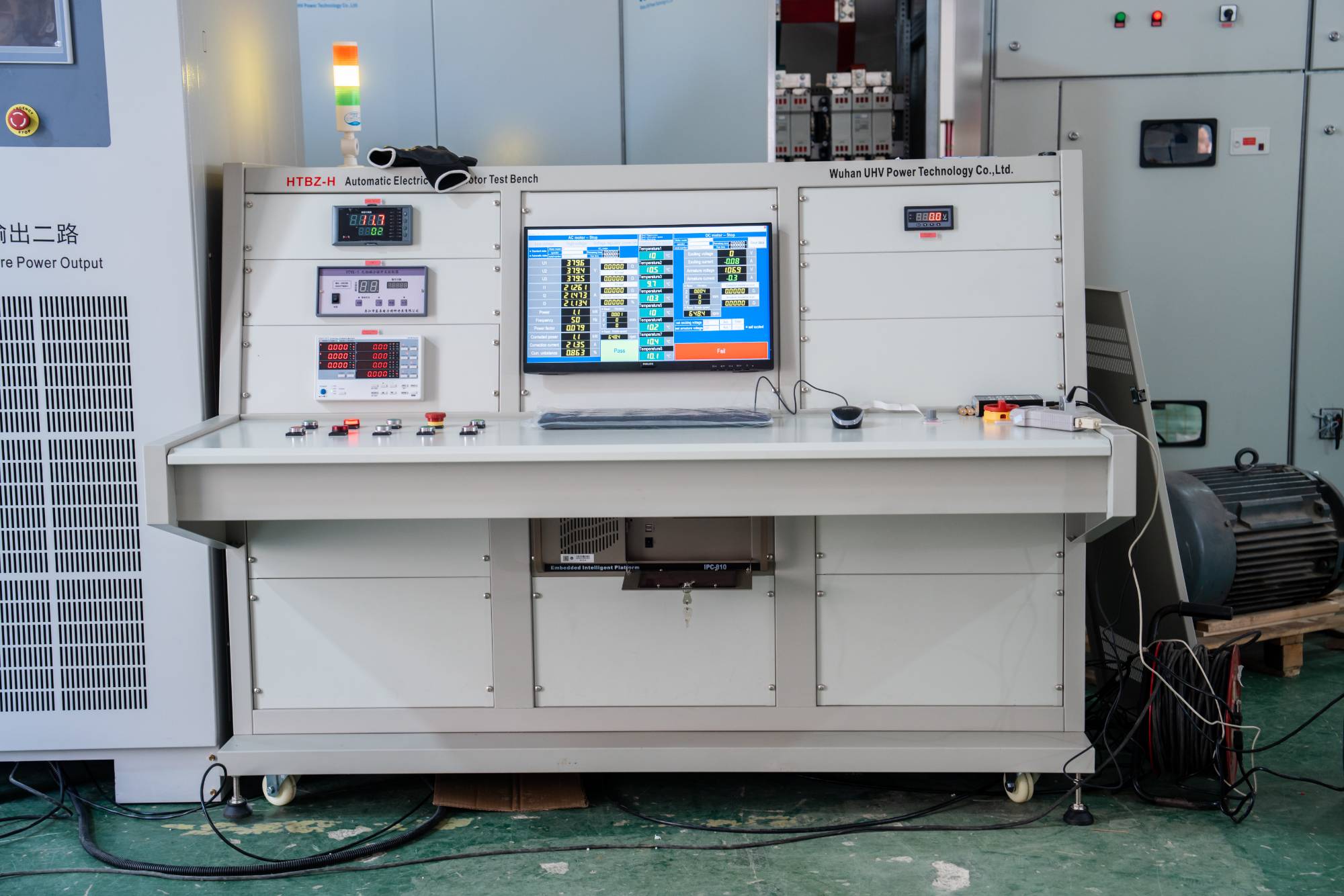
Selection of high and low voltage motor test bench
2025-12-15The motor test bench under Wuhan UHV can help many power workers conduct various power tests more conveniently.The high and low voltage motor test bench of Wuhan UHV has full scene coverage capability. Its UHV series test bench can not only meet the testing needs of high-voltage motors, but also accurately detect low-voltage motors. For example, the UHV-315 motor comprehensive test bench can meet the testing requirements of 10kV and 8000kW motors, and can complete the testing functions of various types of motors such as high voltage, low voltage, three-phase asynchronous motors, DC motors, etc. Whether in the industrial manufacturing industry, energy industry, wind and water conservancy industry, new energy rail transit industry, etc., comprehensive performance testing of motors can be carried out with this test bench.This test bench has a high-precision measurement system. It adopts a dual chip architecture of DSP and FPGA, which has extremely high accuracy in measurement. For the hig
أكثر -
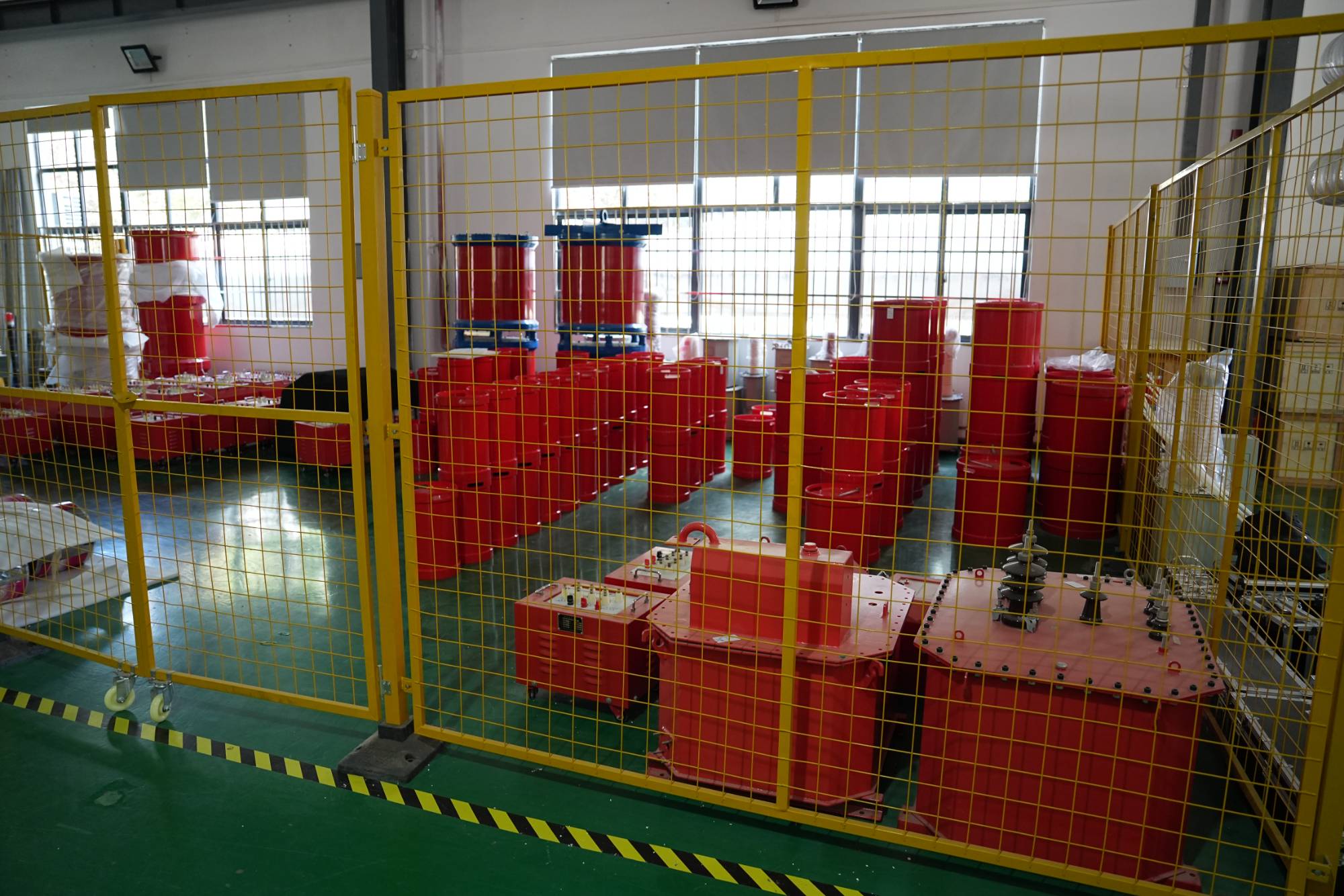
Series and parallel resonance
2025-12-12Series and parallel resonance? Wuhan UHV specializes in the production of series resonance, with a wide range of product selection and professional electrical testing. To find series resonance, choose Wuhan UHV. Difference between series and parallel resonanceIn a series circuit of resistors, capacitors, and inductors, the phenomenon of power supply, voltage, and current being in phase occurs, which is called series resonance. Its characteristics are: the circuit is purely resistive, the power supply, voltage, and current are in phase, the reactance X is equal to 0, and the impedance Z is equal to the resistance R. At this time, the impedance of the circuit is the smallest and the current is the largest, which may generate high voltage on the inductor and capacitor that is many times larger than the power supply voltage. Therefore, series resonance is also known as voltage resonance. The resonance voltage is superimposed with the original voltage, and parallel resonance: In parallel ci
أكثر -
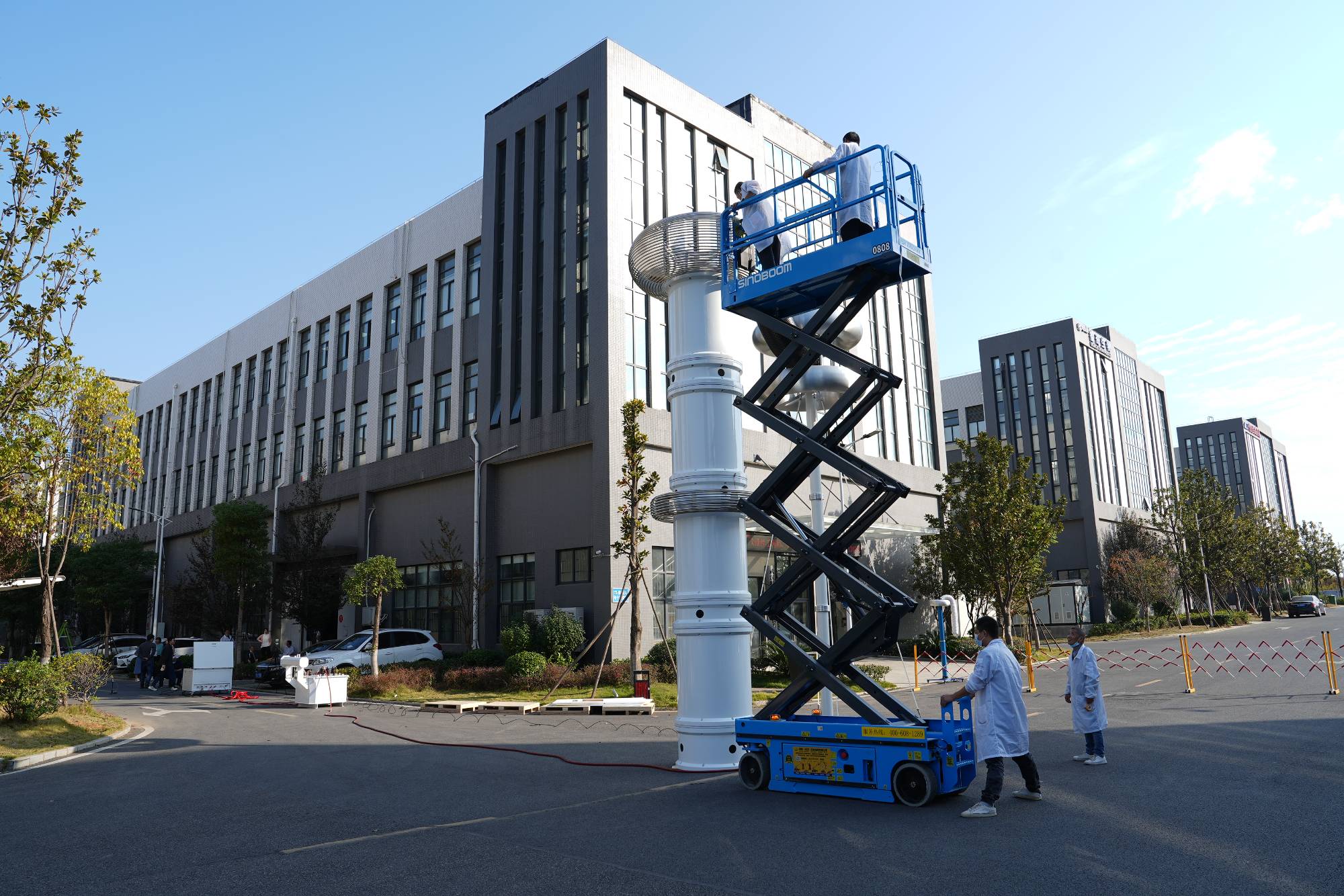
Analysis of LC series resonant circuit
2025-12-12Analysis of LC series resonant circuit? Wuhan UHV specializes in the production of series resonance, with a wide range of product selection and professional electrical testing. To find series resonance, choose Wuhan UHV. Analysis of LC series resonant circuitThe understanding method of impedance characteristics during resonance and the analysis of the working principle of LC series resonant circuit need to be divided into three frequency points and bands, namely resonance, input signal frequency higher than the resonance frequency, and input signal frequency lower than the resonance frequency. When the input signal frequency is equal to the resonant frequency, the circuit resonates, and the impedance of the LC series resonant circuit is in the minimum state, which can be equivalent to a pure resistor. At this time, the signal current flowing through the entire resonant circuit is at its maximum. The understanding method of impedance characteristics when the circuit is detuned: When the
أكثر -
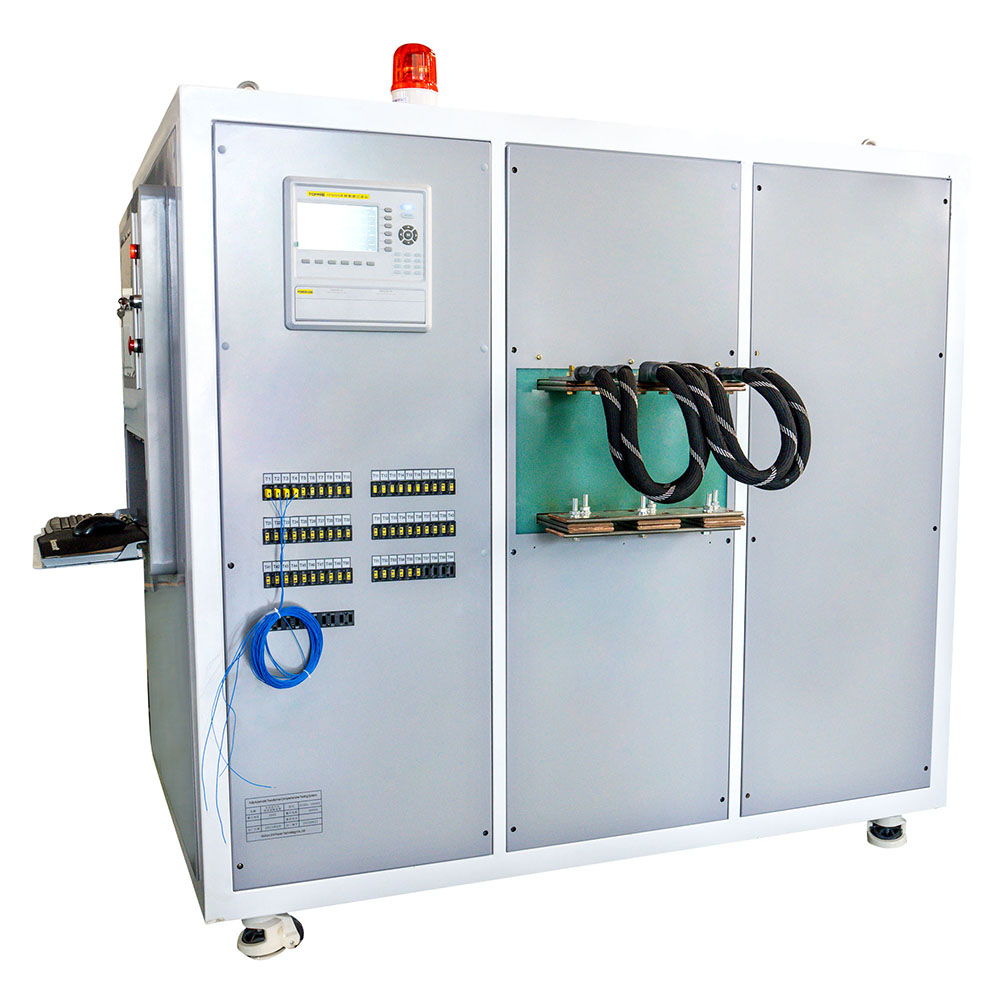
Current testing temperature rise equipment in stock
2025-12-11The fully automatic temperature rise test device under Wuhan UHV can help many power workers conduct various power tests more conveniently.The core technical parameters and performance levels are the basis for price stratification of Wuhan UHV and high voltage temperature rise test bench. For the testing of 110kV-220kV medium and high voltage equipment, the Wuhan UHV-WS300 series test bench has an output current range of 0-5000A and adopts a dry air cooling design. The current waveform distortion is less than 1%, and the temperature measurement accuracy is ± 0.5 ℃, which can meet the temperature rise testing requirements of conventional equipment such as switchgear and circuit breakers. The basic performance configuration makes its price more suitable for general testing scenarios; For ultra-high voltage equipment of 330kV and above (such as GIS and transformer bushings), the UHV-WS500 series test bench increases the output current to 0-10000A, equipped with imported high permeability
أكثر -
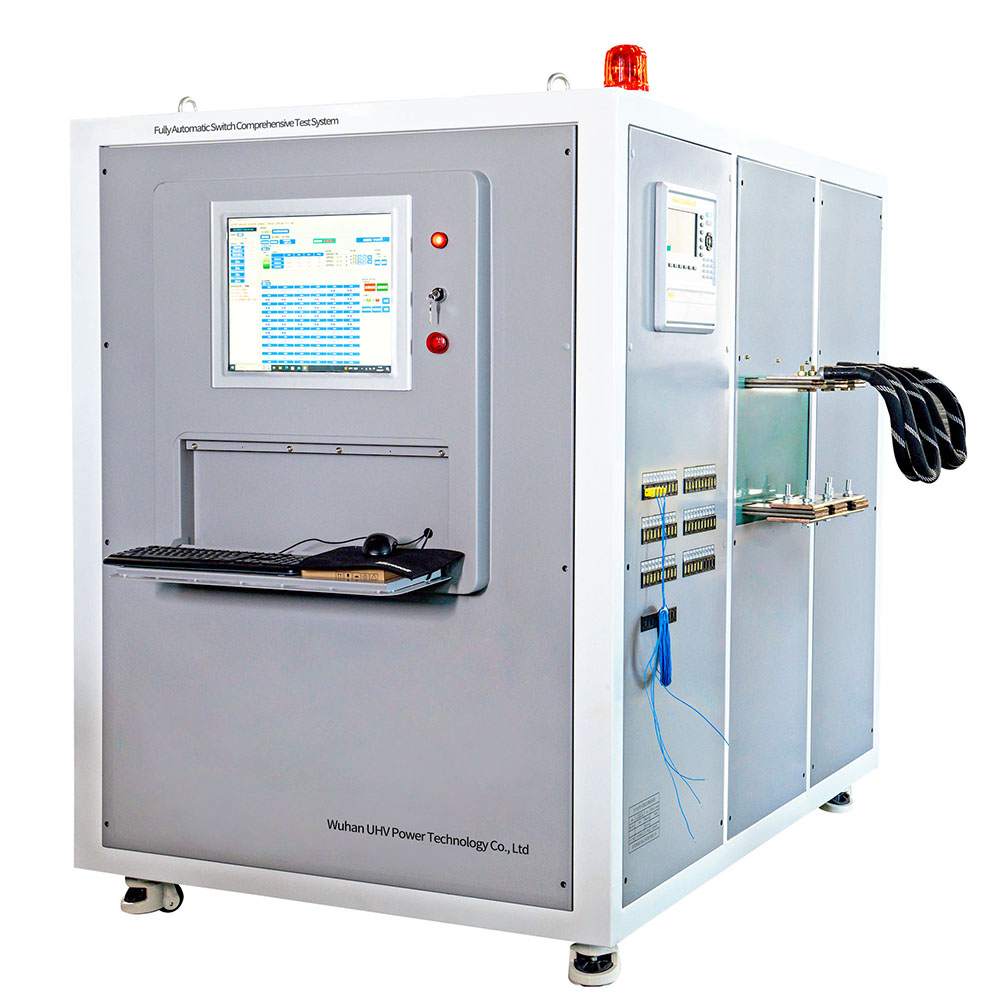
What is the price of the high-pressure temperature rise test bench
2025-12-11The fully automatic temperature rise test device under Wuhan UHV can help many power workers conduct various power tests more conveniently.The core technical parameters and performance levels are the basis for price stratification of Wuhan UHV and high voltage temperature rise test bench. For the testing of 110kV-220kV medium and high voltage equipment, the Wuhan UHV-WS300 series test bench has an output current range of 0-5000A and adopts a dry air cooling design. The current waveform distortion is less than 1%, and the temperature measurement accuracy is ± 0.5 ℃, which can meet the temperature rise testing requirements of conventional equipment such as switchgear and circuit breakers. The basic performance configuration makes its price more suitable for general testing scenarios; For ultra-high voltage equipment of 330kV and above (such as GIS and transformer bushings), the UHV-WS500 series test bench increases the output current to 0-10000A, equipped with imported high permeability
أكثر -
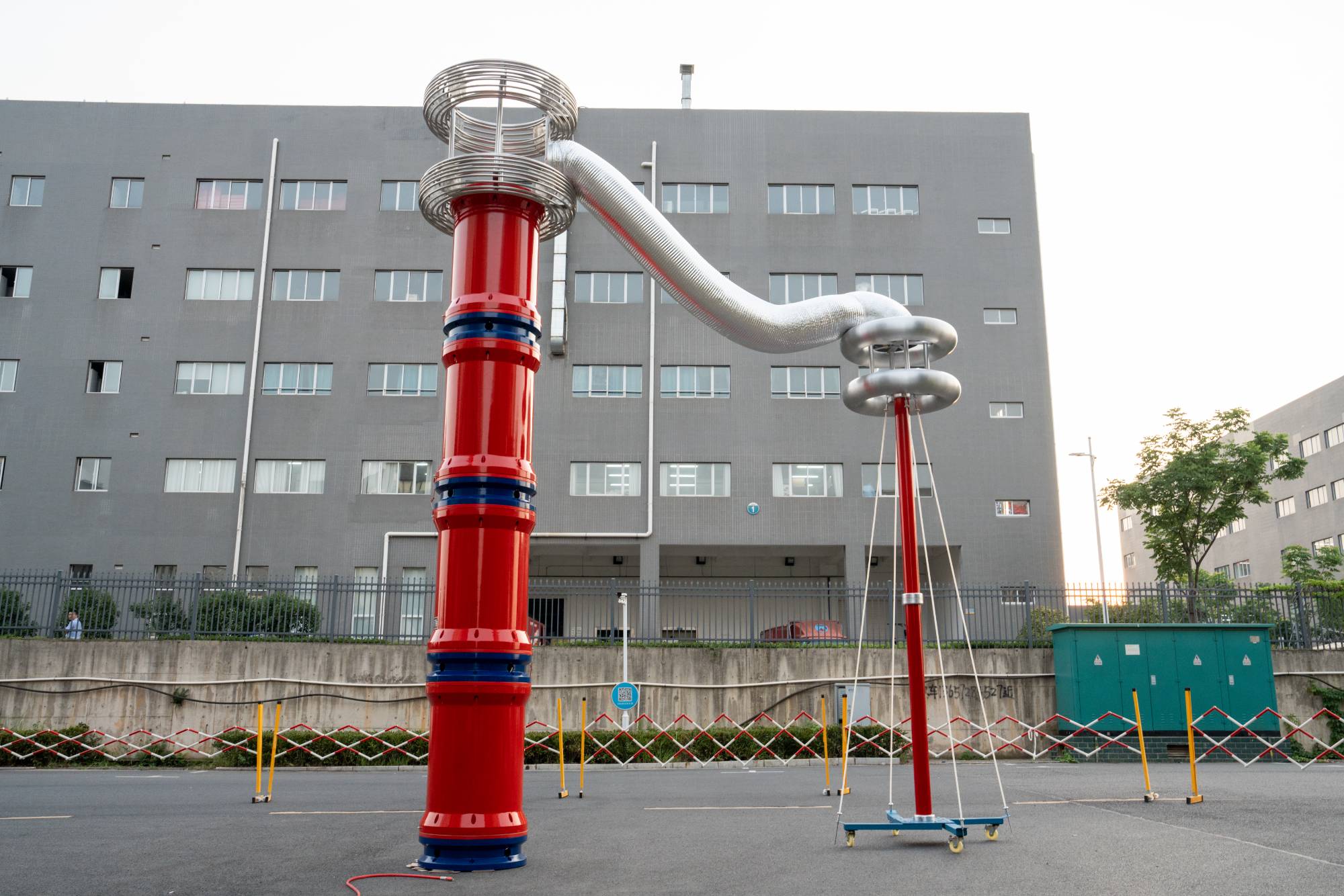
Working principle of series resonance
2025-12-10Working principle of series resonance? Wuhan UHV specializes in the production of series resonance, with a wide range of product selection and professional electrical testing. To find series resonance, choose Wuhan UHV.Principle of series resonanceWe know that when the circuit frequency f=1/2 π√ LC, resonance occurs in the circuit, and the voltage on the test sample is Q times the output voltage of the excitation transformer high voltage end. Q is the system quality factor, which is the voltage resonance multiple, generally ranging from tens to hundreds or more. First, adjust the output frequency of the variable frequency power supply to induce series resonance in the circuit, and then adjust the output voltage of the variable frequency power supply under the condition of circuit resonance to achieve the test value of the sample voltage. Due to the resonance of the circuit, a smaller output voltage of the variable frequency power supply can generate a higher test voltage on the test sa
أكثر -
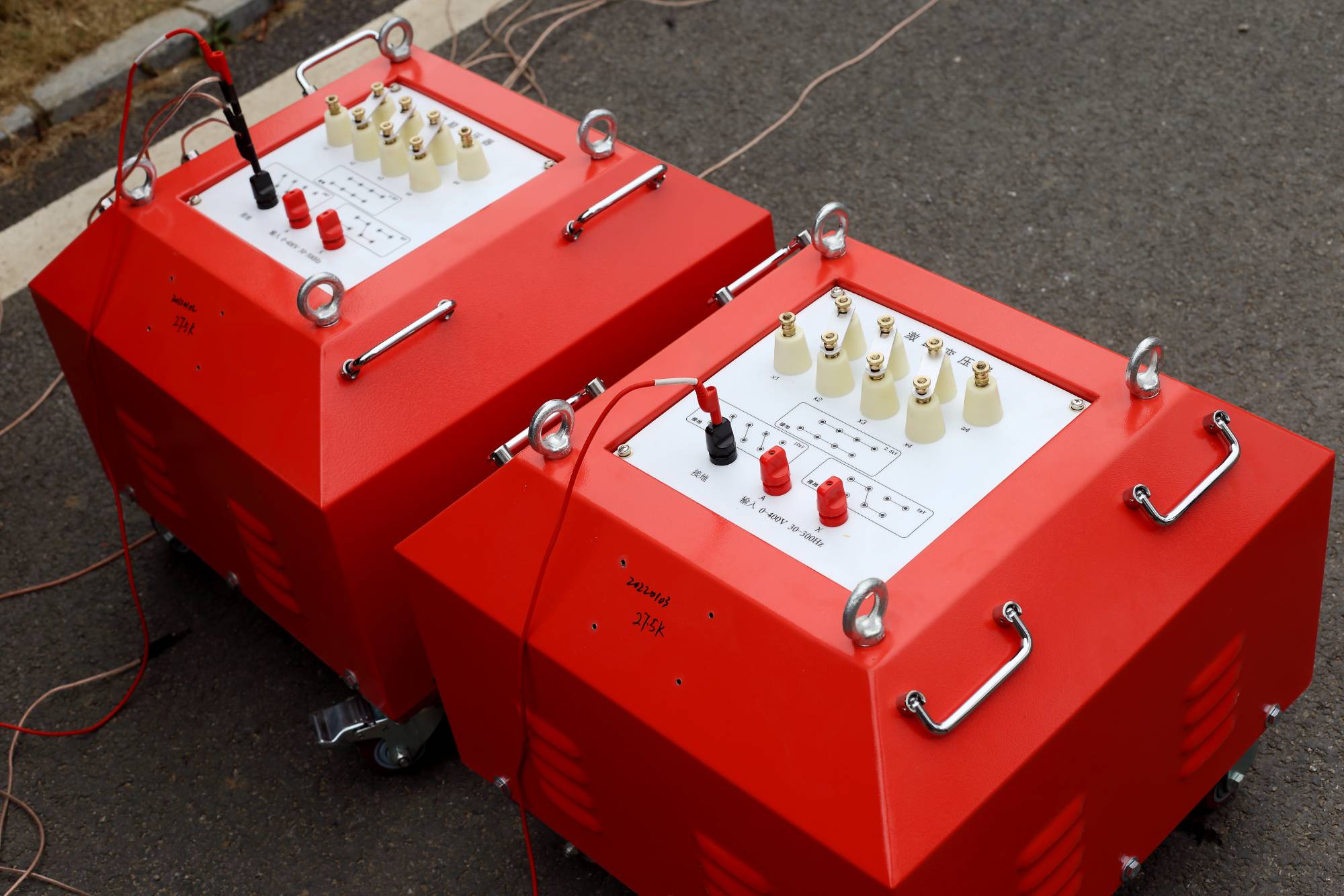
Variable frequency series resonance complete test device
2025-12-10A complete set of testing equipment for frequency conversion series resonance? Wuhan UHV specializes in the production of series resonance, with a wide range of product selection and professional electrical testing. To find series resonance, choose Wuhan UHV.The complete set of frequency conversion series resonance test device applies the principle of series resonance. By adjusting the output frequency of the frequency conversion controller, the inductance L of the reactor in the circuit and the capacitance C of the test sample undergo series resonance. The resonance voltage is the voltage applied to the test sample.The complete set of variable frequency series resonance test device is also known as the variable frequency series resonance AC withstand voltage test device, variable frequency resonance, variable frequency series resonance, series resonance, frequency modulation series resonance, series resonance withstand voltage test device, series resonance test equipment, cable withst
أكثر -
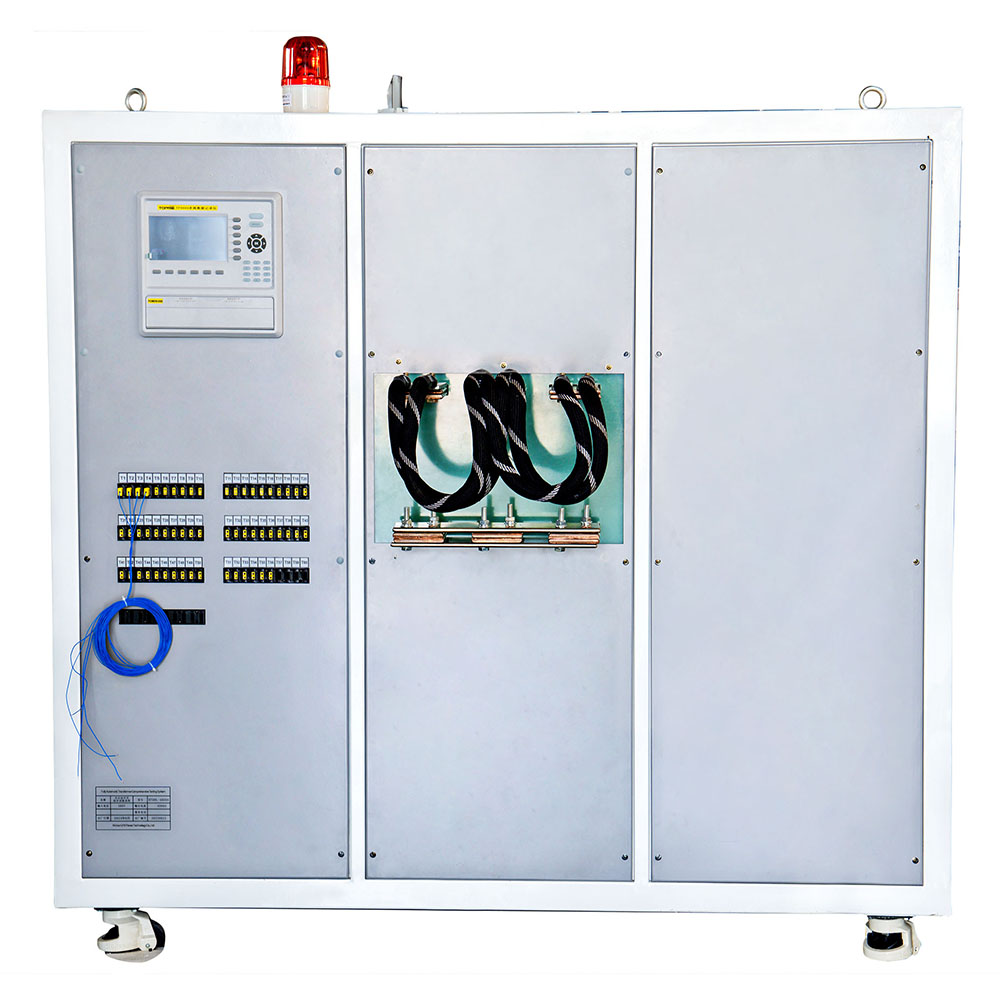
Supplier of Hardware Thermal Cycle Temperature Rise Test Device
2025-12-09The fully automatic temperature rise test device under Wuhan UHV can help many power workers conduct various power tests more conveniently.In the field of quality inspection and performance evaluation of power fittings, the thermal cycle temperature rise test device for fittings is a key equipment for evaluating the current carrying capacity and thermal stability of power fittings. With the continuous expansion of power grid construction scale and the continuous improvement of transmission capacity, the thermal performance requirements for power fittings are becoming increasingly strict, making professional testing equipment an important tool to ensure the safe operation of the power grid. Choosing a reliable and precise thermal cycling temperature rise test device for metal fittings is of great significance for ensuring product quality and preventing power grid accidents. Among numerous professional equipment manufacturers, Wuhan UHV has become a trusted high-quality supplier in this
أكثر -
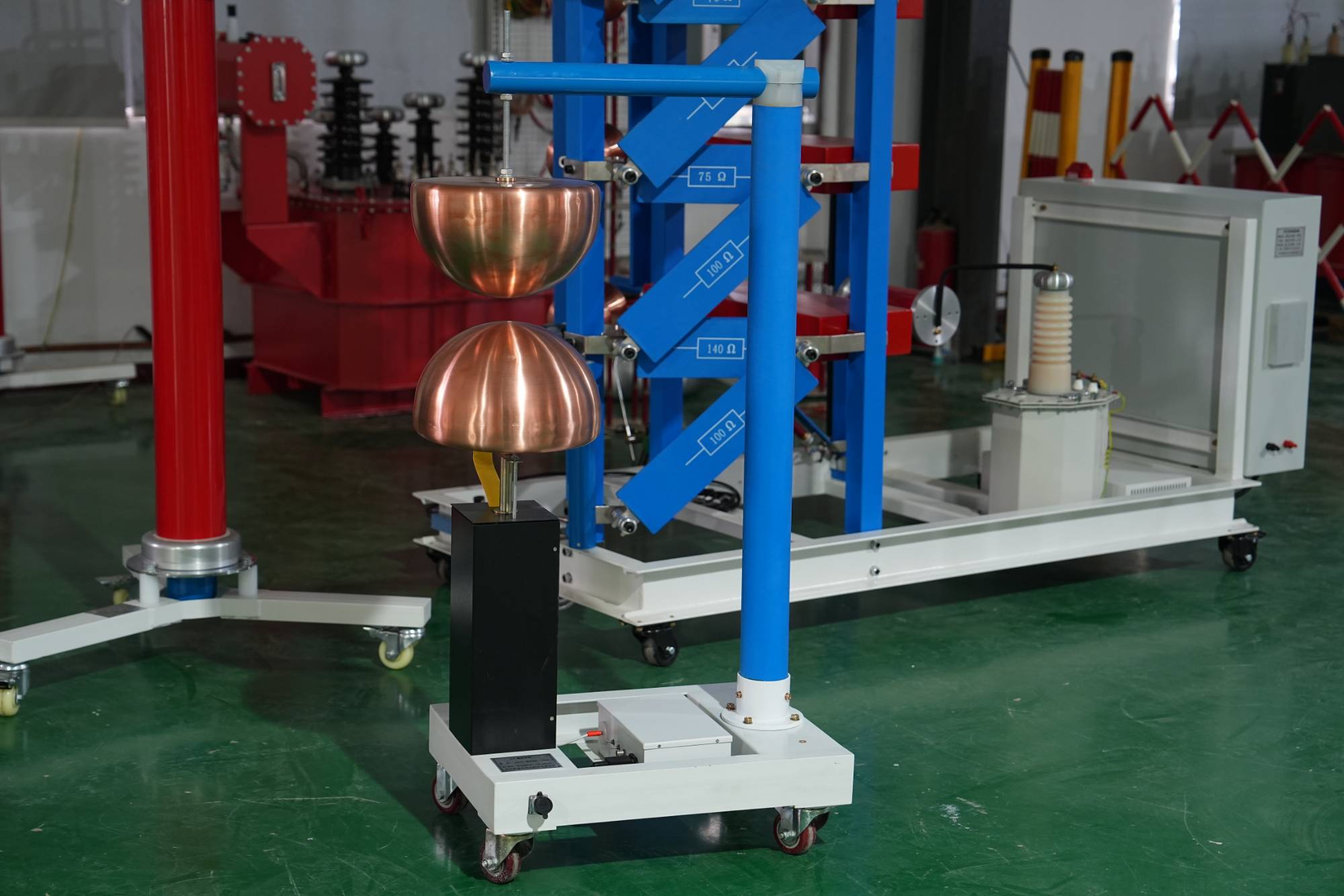
8/20 Ranking of companies producing impulse current generators
2025-12-09The lightning impulse voltage generator test device under Wuhan UHV can help many power workers conduct various power tests more conveniently.In the field of power equipment testing and experimental research, the 8/20 impulse current generator is a key equipment for simulating the impact of lightning current on the performance of lightning protection devices. With the continuous improvement of lightning protection requirements in the power system, the 8/20 impulse current test has become an important part of the type testing of lightning protection equipment such as lightning arresters and surge protectors. Choosing a reliable and accurately tested surge current generator is of crucial importance in ensuring the safety and reliability of lightning protection devices. Among numerous professional equipment manufacturers, Wuhan UHV has become a trusted high-quality supplier in this field due to its profound technical accumulation and rich engineering experience.The technical performance o
أكثر -
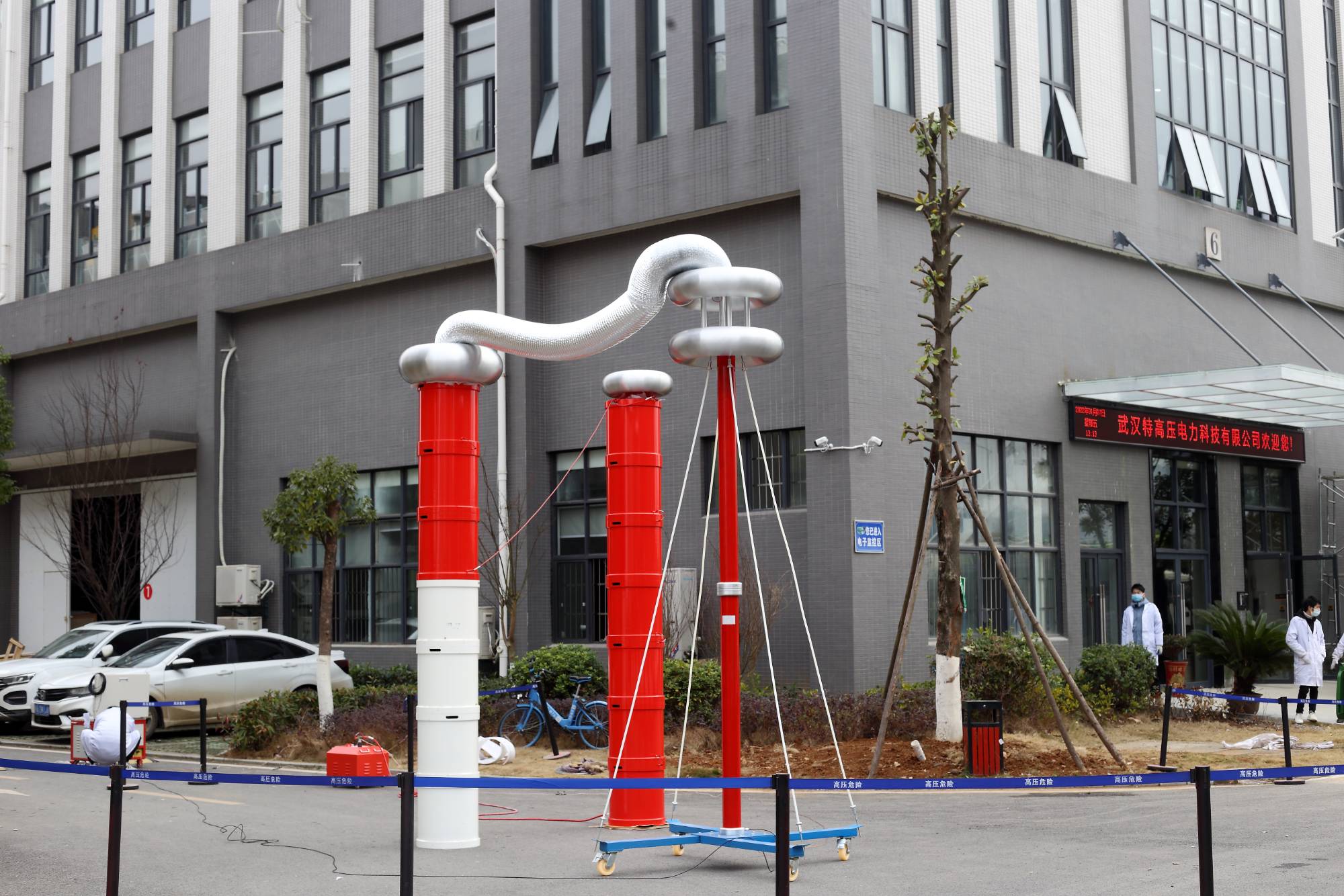
Series resonance has high cost-effectiveness and is a reliable choice
2025-12-08When choosing any measuring instrument, we hope to find a cost-effective one. Of course, when choosing a series resonant instrument, we also ask if it is a cost-effective measuring instrument? In fact, from some aspects, it can fully tell everyone that series resonance has high cost-effectiveness and is a trustworthy choice.It has very accurate measurement data, like many people who initially choose other measuring instruments but the measurement results are not good, which not only wastes a lot of their time, but also leads to the final measurement results not being what they thought. So what value does it have after choosing it? It will only make oneself bear more losses, but in fact, it is not as everyone thinks, and not every measuring instrument's data is inaccurate.Take the series resonance equipment as an example, it has very accurate measurement data, can provide the most direct reference suggestions, and can solve social problems with very good guarantees. The entire opera
أكثر -
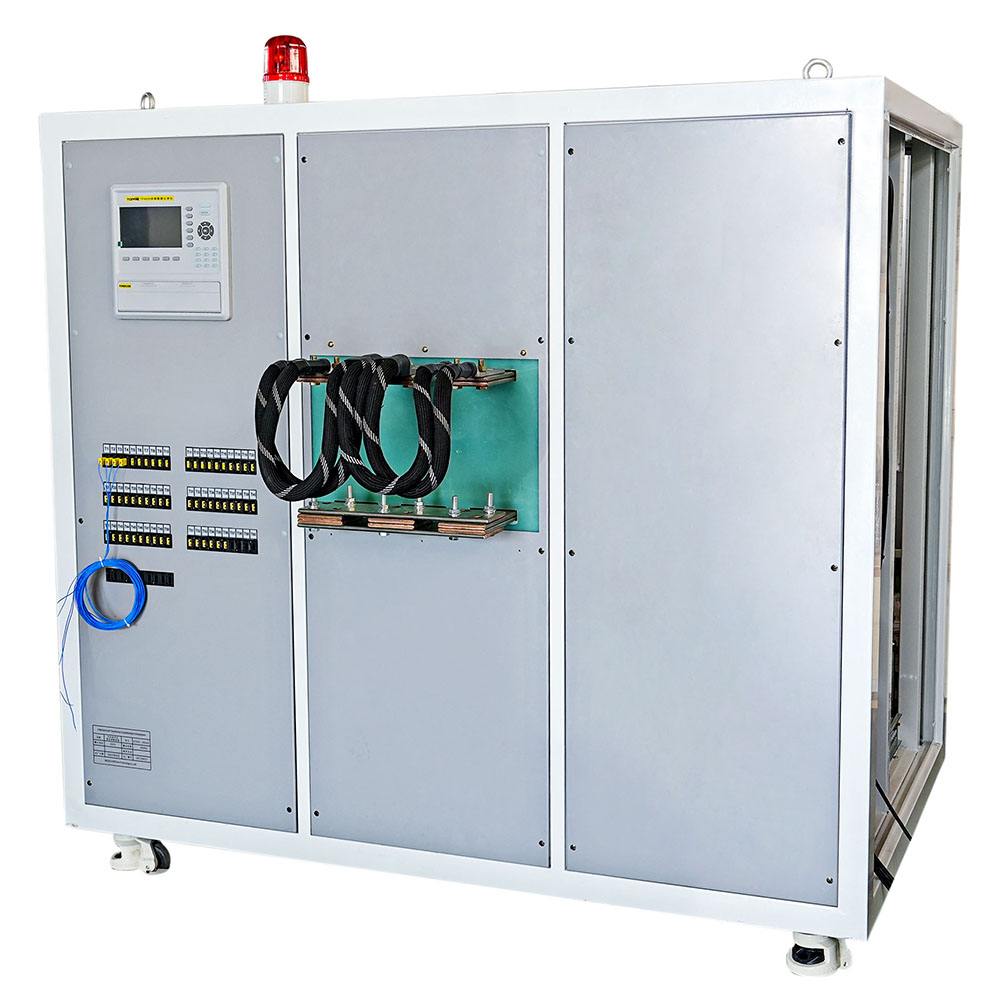
Price trend of transformer temperature rise test equipment
2025-12-08The fully automatic temperature rise test device under Wuhan UHV can help many power workers conduct various power tests more conveniently.In the field of power equipment testing and experimentation, transformer temperature rise testing equipment is a key device for evaluating transformer load capacity and thermal stability. With the continuous improvement of reliability requirements for power system operation, temperature rise testing has become an important part of transformer type testing and factory inspection. Choosing reliable and precise temperature rise testing equipment is of great significance for ensuring the safe operation of transformers and extending equipment life. Among numerous professional equipment manufacturers, Wuhan UHV has become a trusted high-quality supplier in this field due to its profound technical accumulation and rich industry experience.The technical performance of transformer temperature rise test equipment is an important criterion for measuring the va
أكثر -
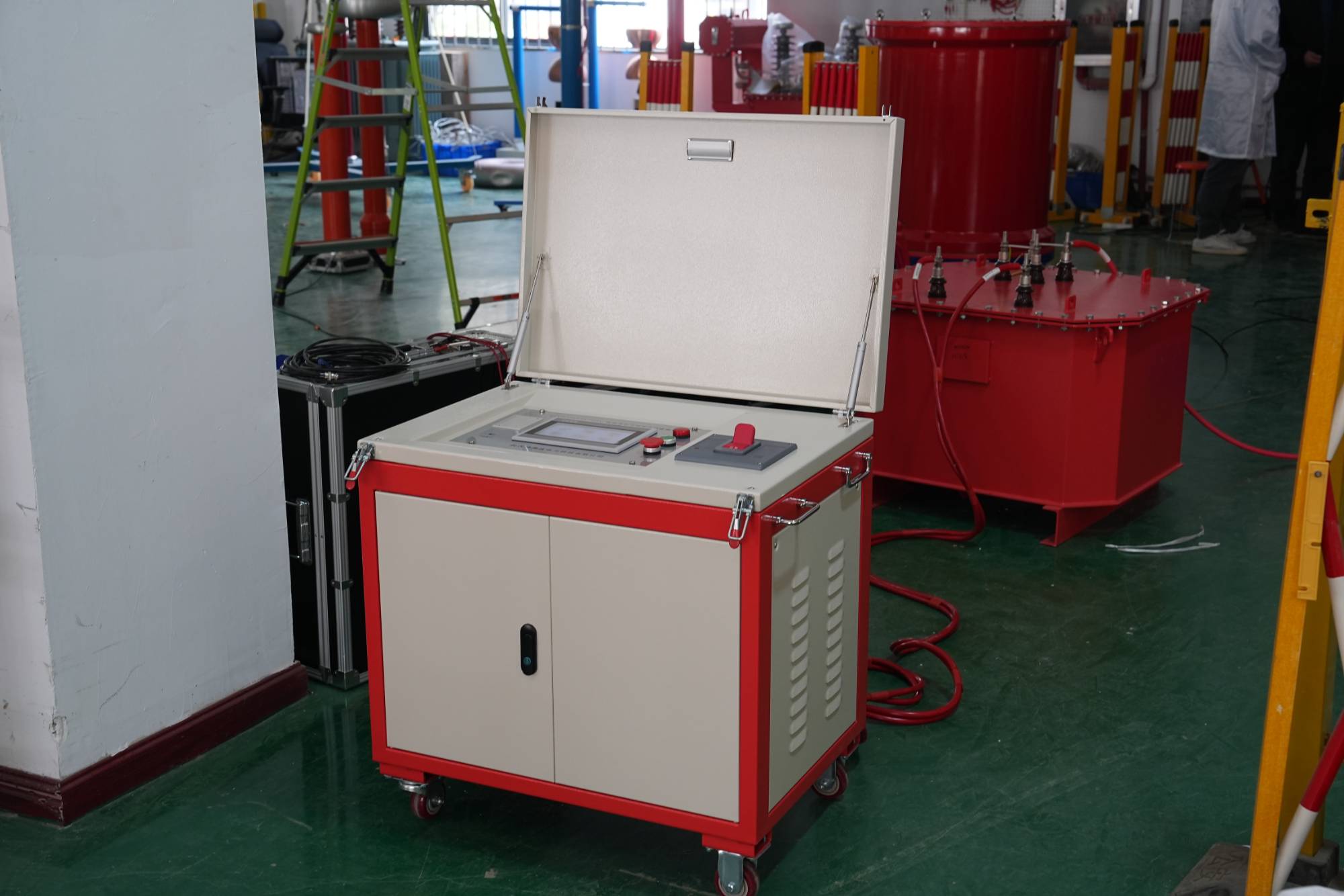
Variable frequency series resonance withstand voltage test
2025-12-05Variable frequency series resonance withstand voltage test? Wuhan UHV specializes in the production of series resonance, with a wide range of product selection and professional electrical testing. To find series resonance, choose Wuhan UHV. Composed of a variable frequency power supply, excitation transformer, high-voltage reactor, and capacitive voltage divider. The capacitor and reactor of the test sample form a series resonant connection; The voltage divider is connected in parallel to the test sample to measure the resonant voltage on the test sample and provide an overvoltage protection signal; The frequency modulation power output is coupled to the series resonant circuit through an excitation transformer, providing excitation power for series resonance. Working principle of frequency conversion series resonance withstand voltage testBy adjusting the output frequency of the variable frequency controller, resonance occurs between the inductance L of the reactor in the circuit and
أكثر -
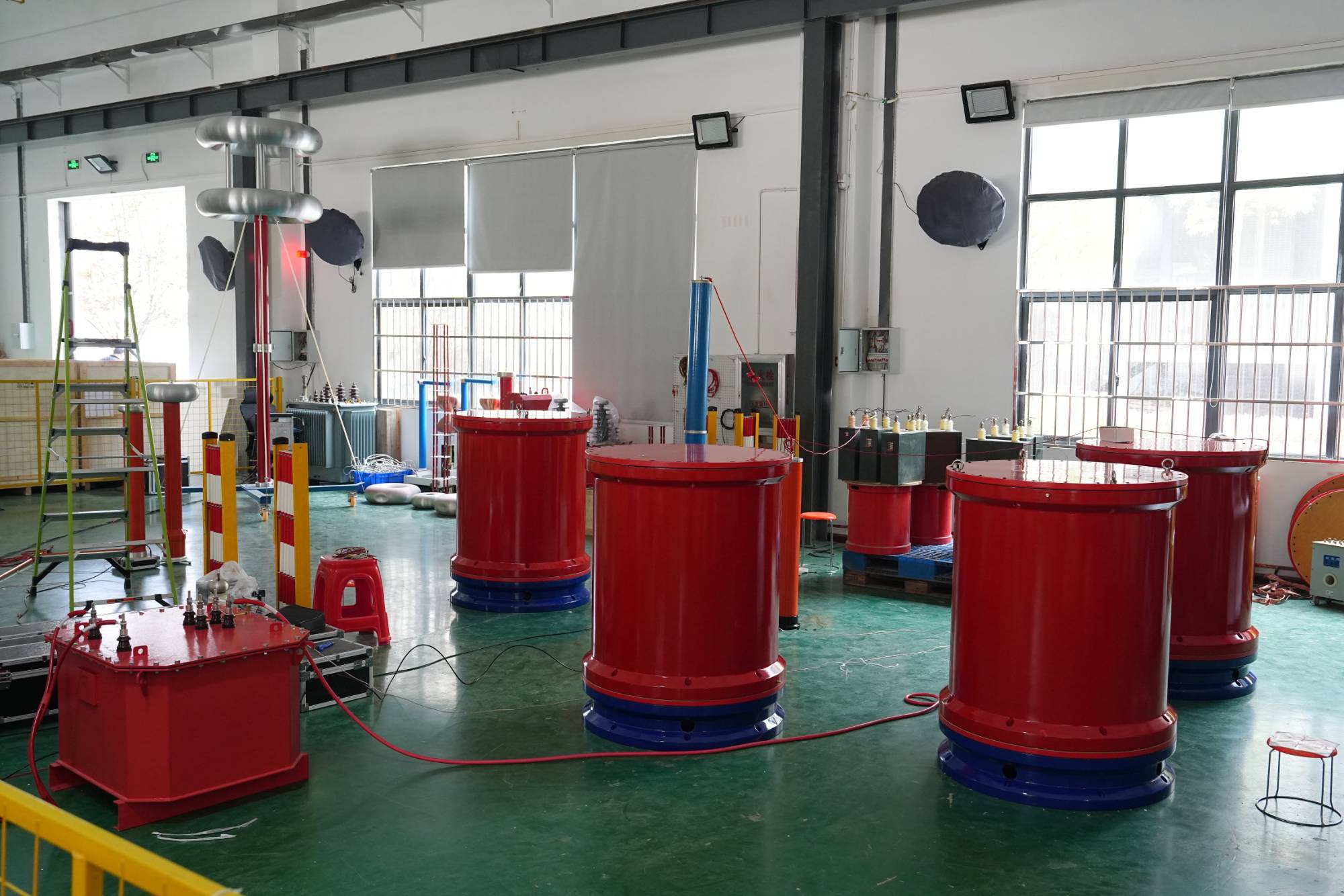
Frequency Modulation Series resonant equipment
2025-12-05FM series resonant equipment? Wuhan UHV specializes in the production of series resonance, with a wide range of product selection and professional electrical testing. To find series resonance, choose Wuhan UHV. The frequency modulation series resonance device uses the principle of series resonance, excites the series resonance circuit with an excitation transformer, adjusts the output frequency of the variable frequency controller, and causes the circuit inductance L and the test sample C to resonate in series. The resonance voltage is the voltage applied to the test sample. The frequency conversion resonance test device is widely used in industries such as power, metallurgy, petroleum, and chemical engineering, and is suitable for the handover and preventive testing of high-capacity, high-voltage capacitive specimens. Technical parameters of frequency modulation series resonance equipmentRated output voltage: 0-66kV (effective value) and belowOutput frequency: 20-300HzResonant voltage
أكثر -
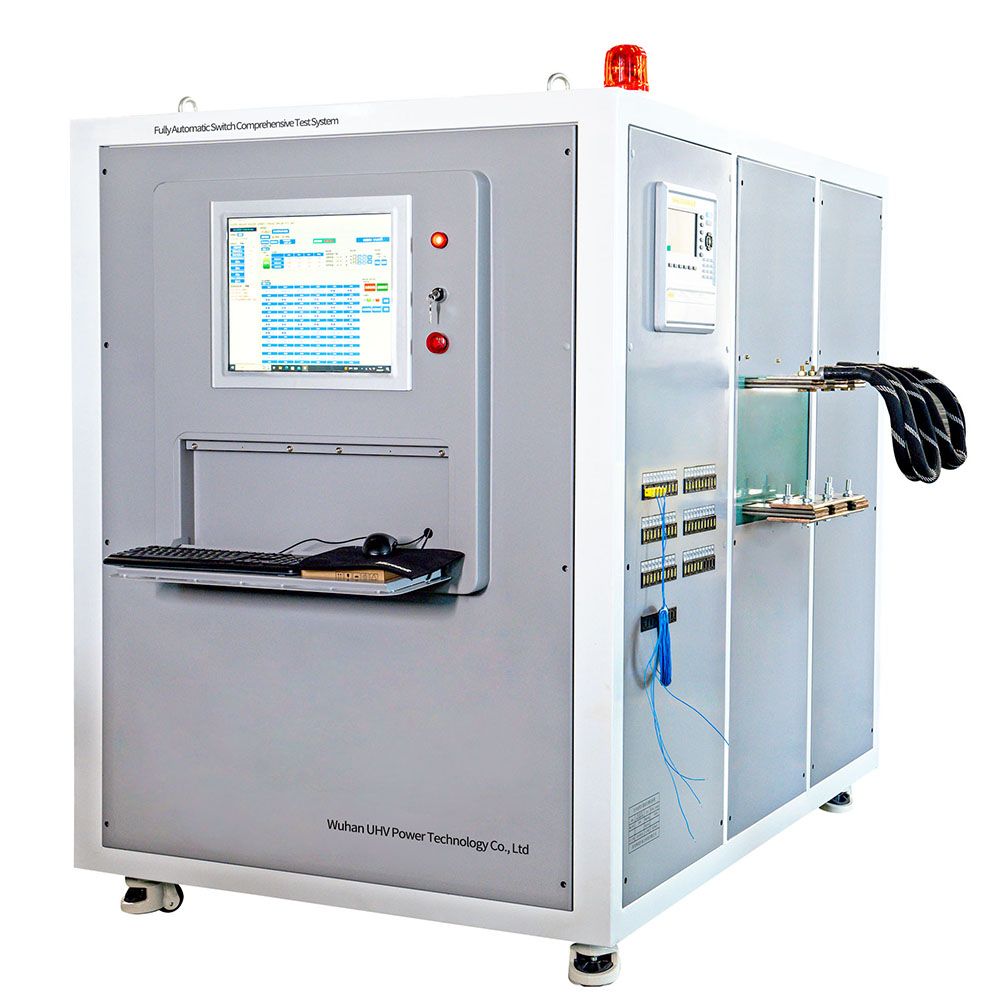
Price of switch socket temperature rise tester
2025-12-02The fully automatic temperature rise test device under Wuhan UHV can help many power workers conduct various power tests more conveniently.The switch socket temperature rise tester is a key detection equipment for evaluating the safety and reliability of low-voltage electrical accessories, and its value is determined by the importance and technical complexity of the functions it performs. This instrument is mainly used to simulate the heating situation of products such as switches, sockets, and wiring terminals under long-term rated current and overload current conditions. It accurately measures the temperature rise of their conductive circuits and easily accessible components to ensure that the products comply with national safety standards and prevent the risk of fire or electric shock caused by overheating. As a professional supplier of electrical testing equipment, Wuhan UHV's temperature rise test device has high reference value in the industry.The core technical indicators of
أكثر -
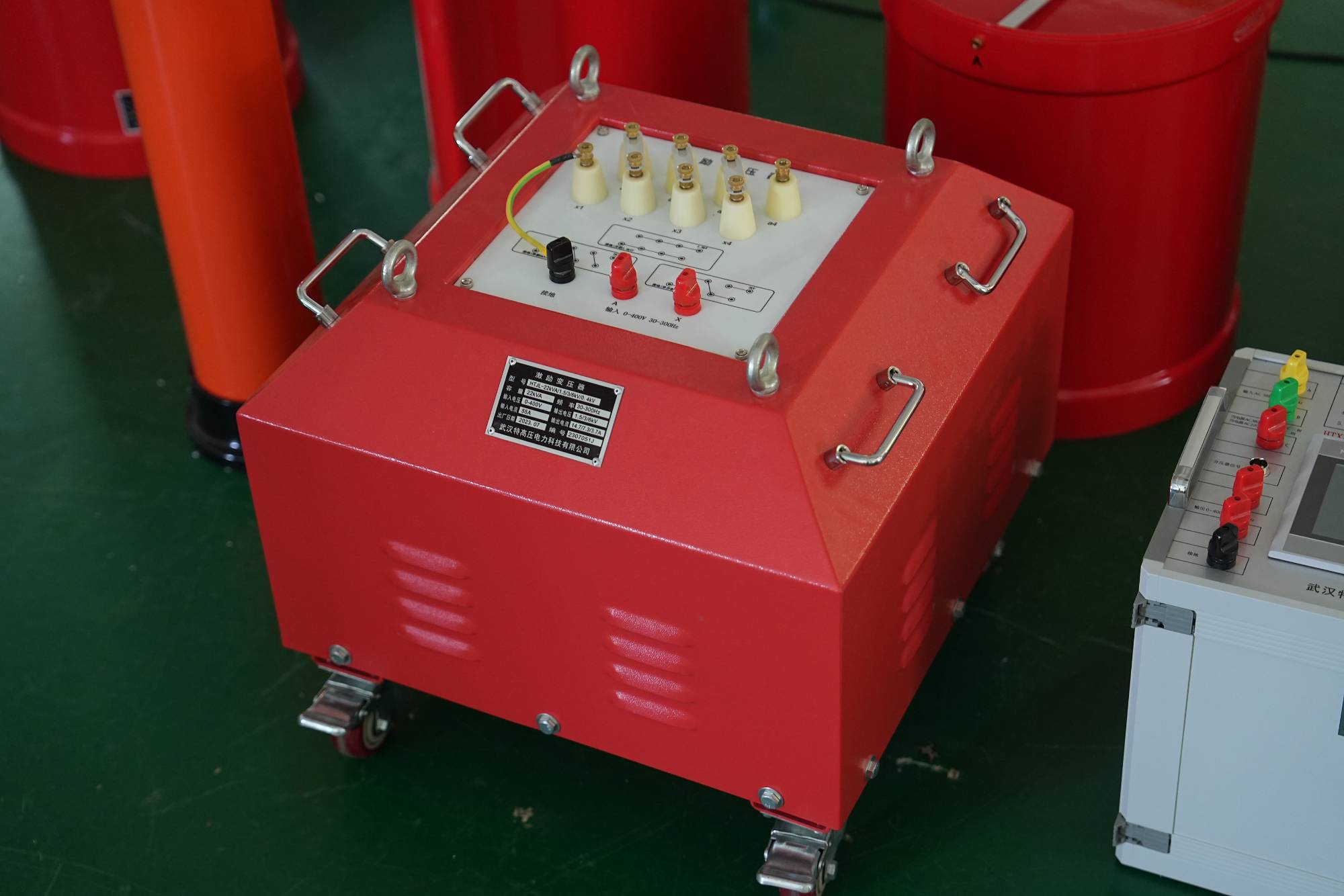
The principle of series resonance
2025-12-02The principle of series resonance? Wuhan UHV specializes in the production of series resonance, with a wide range of product selection and professional electrical testing. To find series resonance, choose Wuhan UHV. The variable frequency series resonance test device, also known as series resonance, is composed of a variable frequency power supply, excitation transformer, reactor, and capacitive voltage divider. The capacitor and reactor of the test sample form a series resonant connection; The voltage divider is connected in parallel to the test sample to measure the resonant voltage on the test sample and provide an overvoltage protection signal; The frequency modulation power output is coupled to the series resonant circuit through an excitation transformer, providing excitation power for series resonance. The principle of series resonanceUse an excitation transformer to excite a series resonant circuit, adjust the output frequency of the variable frequency controller, and make the
أكثر









